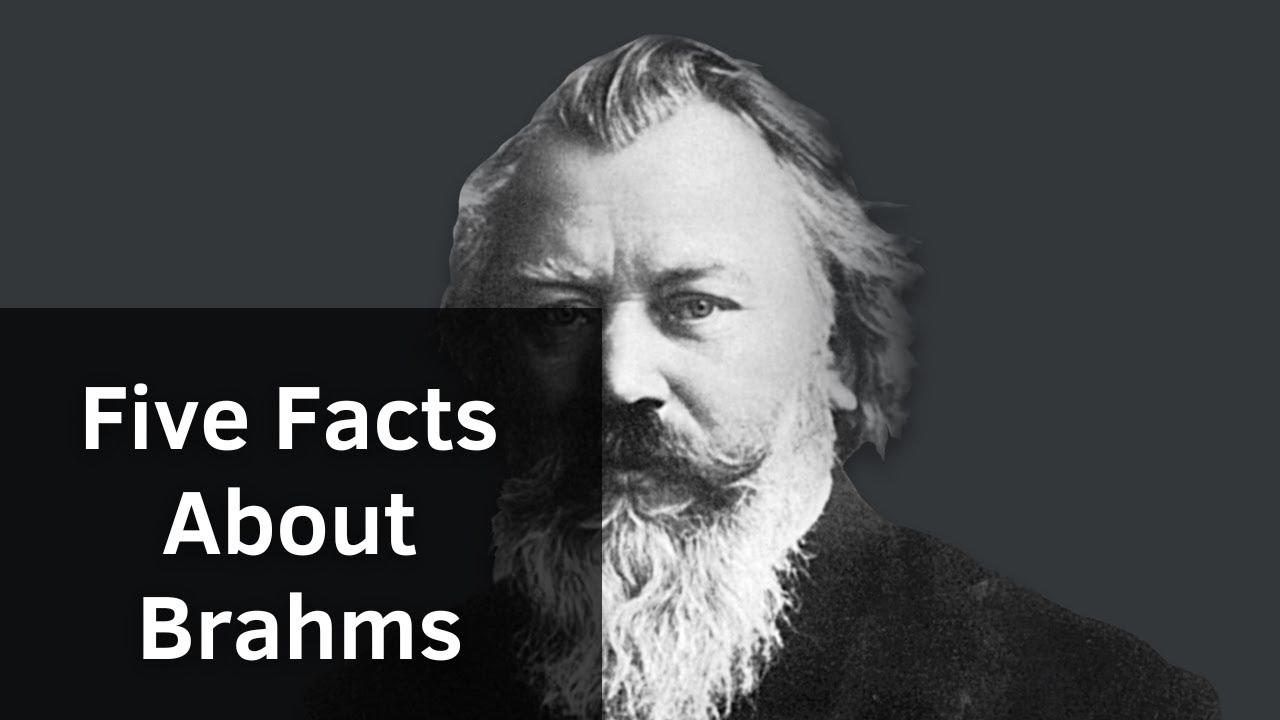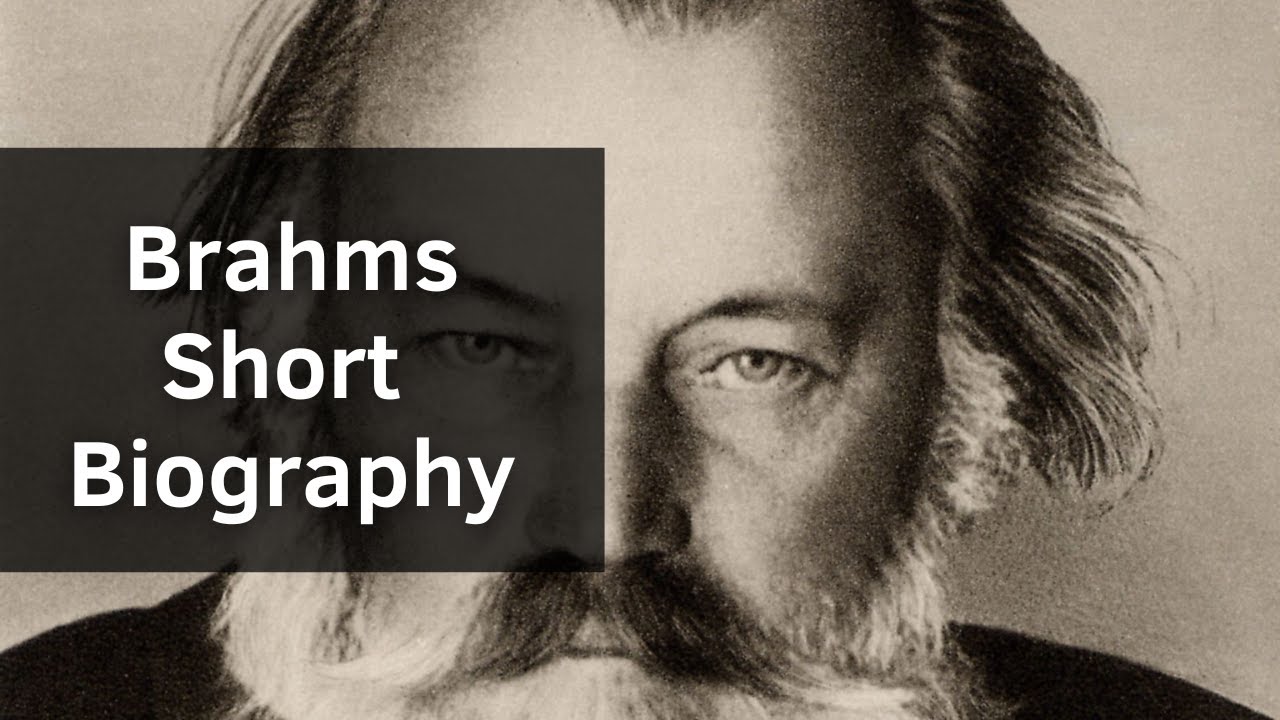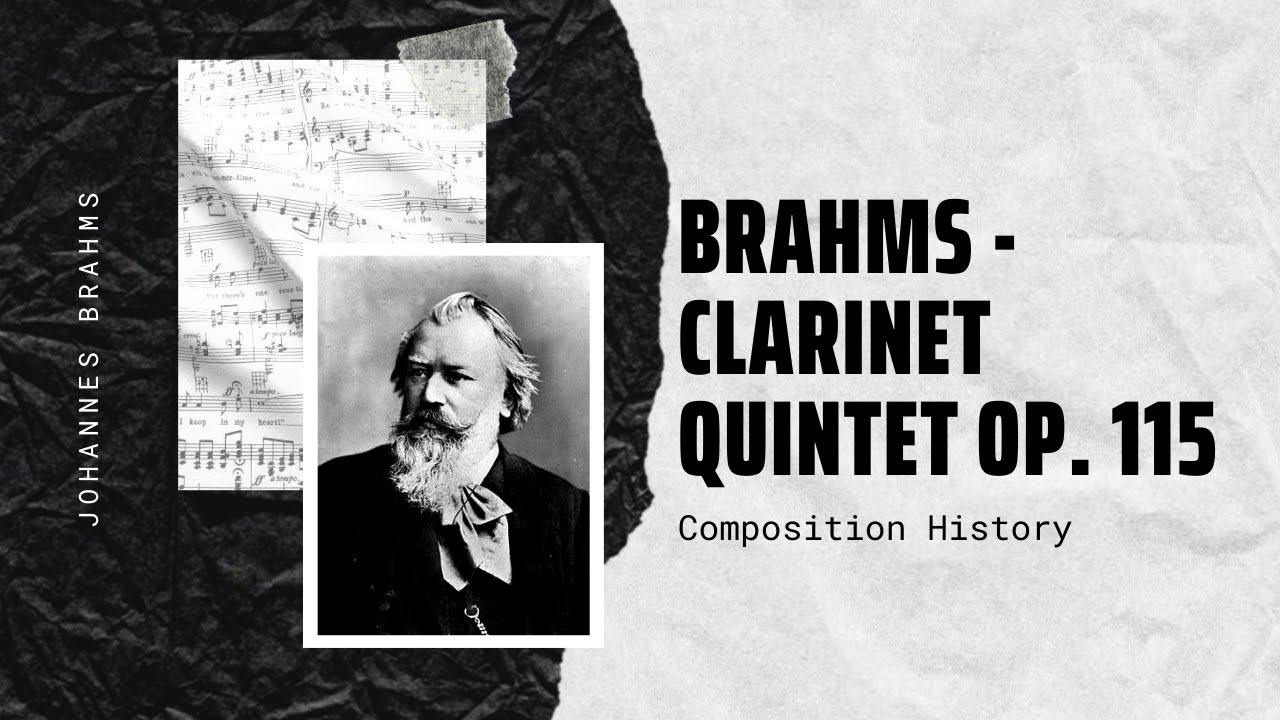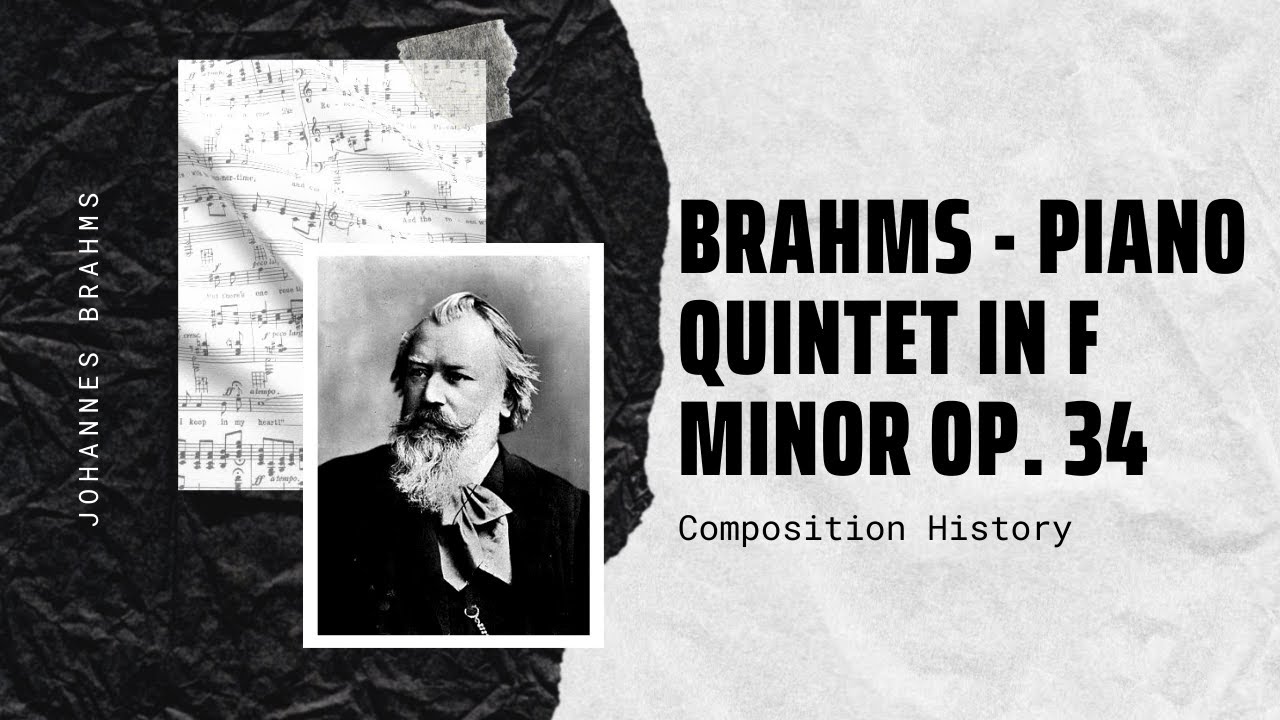
Five Facts You Didn’t Know About Brahms
Five Facts You Didn’t Know About Brahms 1 – Something that was frequently ignored by early biographers of Brahms was what he did musically during his[…]

Brahms – Short Biography
Brahms – Short Biography Widely considered one of the 19th century’s greatest composers and one of the leading musicians of the Romantic era, Johannes Brahms was[…]

Brahms – Hungarian Dance No. 3 – Allegretto in F major – Music | History
The Hungarian Dances (German: Ungarische Tänze) by Johannes Brahms (WoO 1), are a set of 21 lively dance tunes based mostly on Hungarian themes, completed[…]

Brahms – Violin Sonata No. 3 – Op. 108 – Adagio – Music | History
Brahms – Violin Sonata No. 3 – Op. 108 – Adagio – Music | History Johannes Brahms’s Violin Sonata No. 3 in D minor, Op. 108[…]

Brahms – Symphony No. 1 in C Minor Op. 68 – Music | History
Brahms – Symphony No. 1 in C Minor Op. 68 – Music | History Symphony No. 1 in C minor, Op. 68, is a symphony written[…]

Brahms – Trio in A Minor, Op. 114 – Music | History
Brahms – Trio in A Minor, Op. 114 – Music | History The Clarinet Trio in A minor, Op. 114 is one of four chamber works[…]

Brahms – Clarinet Quintet Op. 115 – Music | History
Brahms – Clarinet Quintet Op. 115 The Clarinet Trio in A minor, Op. 114 is one of four chamber works composed by Johannes Brahms featuring the[…]

Brahms – Piano Quintet in F minor Op. 34 – Music | History
Brahms – Piano Quintet in F minor Op. 34 The Piano Quintet in F minor, Op. 34, by Johannes Brahms was completed during the summer of[…]

Brahms – Symphony No. 3 in F Major Op. 90 – Music | History
The Symphony No. 3 in F major, Op. 90, is a symphony by Johannes Brahms. The work was written in the summer of 1883 at[…]

Brahms – 6 Piano Pieces Op. 118 – II. Intermezzo
The Six Pieces for Piano, Op. 118, are some of the most beloved compositions that Johannes Brahms wrote for solo piano. Completed in 1893 and[…]